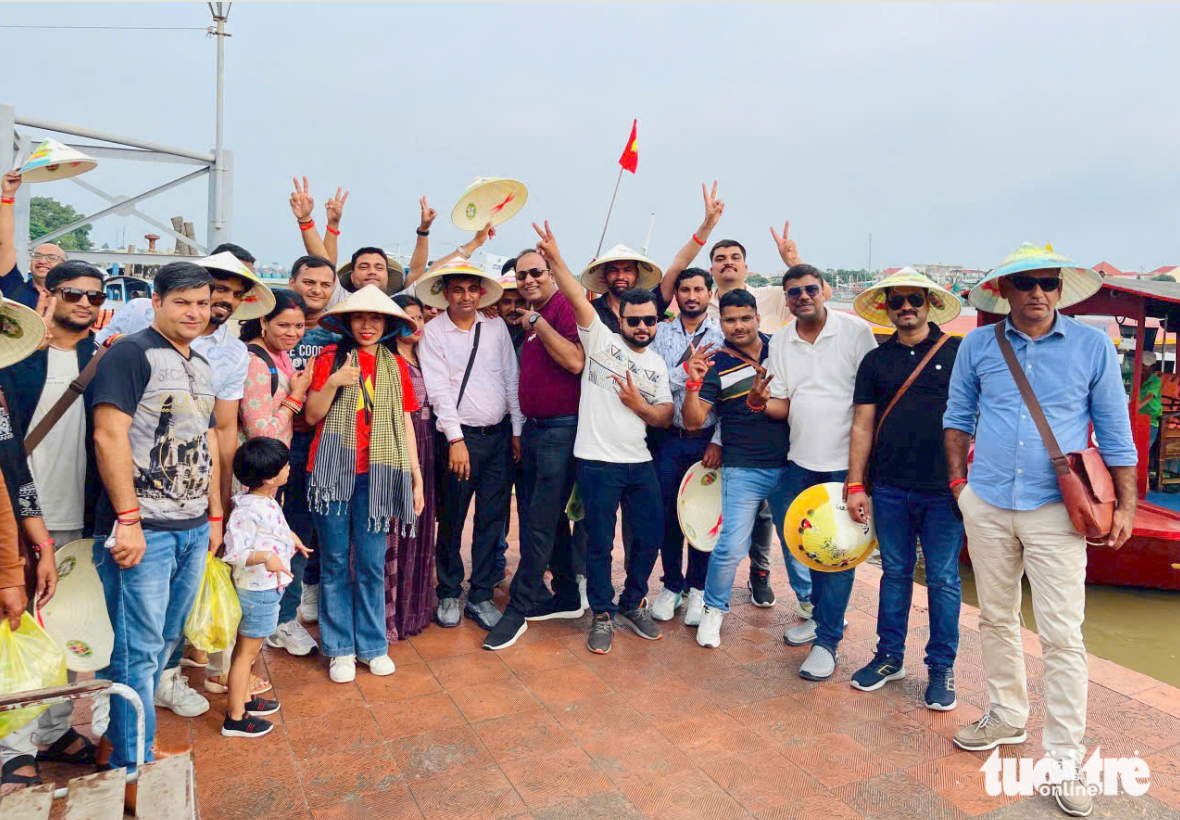Pako and Ta Oi people celebrate the New Rice Festival when they have finished the spring harvest. Each hamlet chooses a good day to organize their Aza ceremony. Le Thi Them, Head of the Culture and Communication Office of A Luoi district, said Aza is a ritual to pray for a bumper crop and a healthy life free of disease.
During the Aza festival, people enjoy many types of folk art performances. Le Thi Them said “Aza is one of the biggest festivals of the Pako, which is held on a large scale every 5 or 10 years. When villagers have a bumper crop, they express their gratitude to the Rice Mother who blessed them with productivity, prosperity, and happiness. The Aza festival has been carefully preserved by the community.”
Ho Chanh, the patriarch of A Nam hamlet, said the Aza festival is a ceremony to pay tribute to rice, which represents all food plants. Offerings to the Jade Emperor must include rice and dishes made from rice.
Ho Chanh told VOV “The Aza festival is held following a bumper crop, when all people are living in sufficiency. Offerings to the Jade Emperor may include a buffalo or a goat.”
Phan Tien Dung, Director of the Thua Thien-Hue provincial Department of Culture, Sports, and Tourism, says the Aza festival has two parts: worship and festival, which have religious and cultural meanings.
Mr. Dung said local authorities have preserved and promoted the Aza festival by organizing classes to teach young people traditional songs and dances.
“Patriarchs and other people with profound knowledge of Pako culture are very old. Some of them are over 100 years old. We have documented what they remember of the Aza festival, the rituals, and cultural spaces and will submit a dossier to the Ministry of Culture, Sports, and Tourism to recognize the Aza festival as a national intangible cultural heritage”, said Mr Dung.



